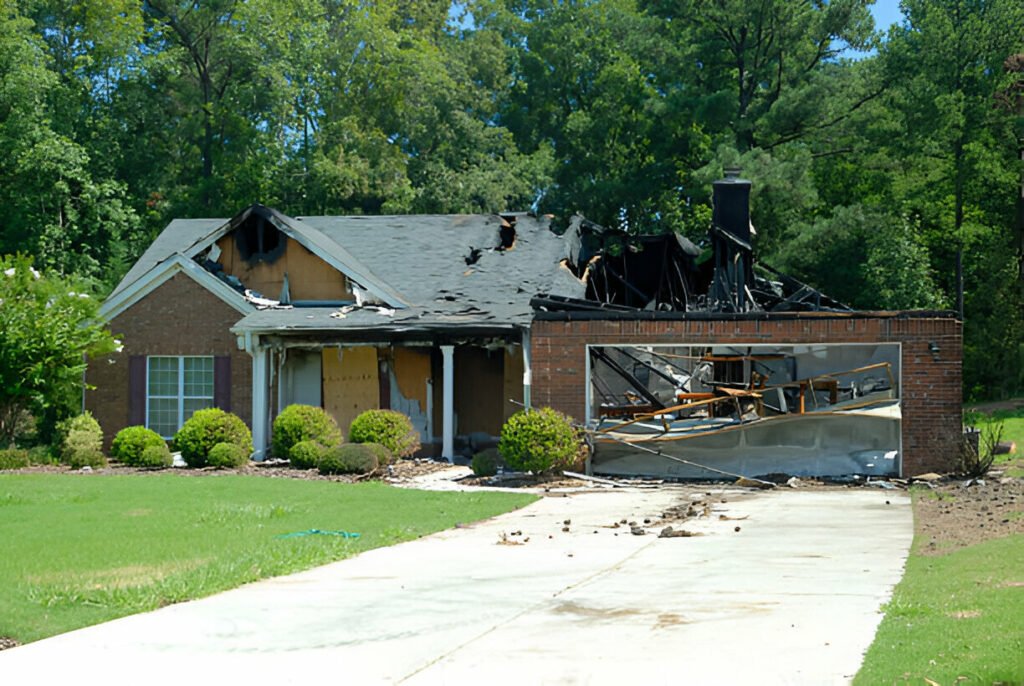Selling a damaged house or a fire damaged home can feel daunting, but with the right approach and a touch of humanity, you can turn challenges into opportunities. Here are five effective strategies to guide you through selling a fire damaged home:
1. Assess and Disclose Damage Accurately
When I faced the task of selling my fire-damaged home, the first step was to get a clear picture of the damage. I hired a specialist in fire damage inspections to provide a detailed report. This not only helped me understand what needed fixing but also allowed me to disclose everything accurately to potential buyers. Transparency, I learned, builds trust and prevents surprises during negotiations.
2. Complete Necessary Repairs and Restoration
After assessing the damage, the next challenge was deciding where to start with repairs. From structural repairs to ensuring safety and even cosmetic touch-ups, every detail mattered. I opted to work with licensed contractors experienced in fire damage restoration to ensure the work not only met safety standards but also showcased the home’s potential. It was a journey of transformation, turning what seemed like devastation into a place that could once again be called home.
3. Highlight Potential and Value
Despite its troubled past, my fire-damaged home had its charm and potential. I made sure to highlight its best features—the spacious layout, the quiet neighborhood, and its potential for someone with a vision. Through professional staging and thoughtful photography, I wanted potential buyers to see beyond its scars and envision a future where this house could become their dream home.
4. Price Competitively
Setting the right price was crucial. I knew pricing too high would scare away buyers looking for a project, while pricing too low could undermine the value we had worked so hard to restore. I did my homework, researching other damaged properties for sale in the area and consulting with a local real estate agent. Together, we found a balance—a price that reflected the home’s potential while acknowledging the investment needed to bring it back to life.
5. Target the Right Audience
Finding the right buyer was about more than just making a sale; it was about finding someone who could appreciate the journey we had taken to revive this home. I focused my marketing efforts on investors and buyers experienced with selling fire damaged homes or those looking for cheap damaged houses for sale. Through online platforms and local networks, I reached out to those who saw opportunity where others might see challenge.
Conclusion
Selling a fire damaged home requires more than just strategy; it requires heart. By honestly assessing and disclosing damage, investing in necessary repairs, highlighting the property’s potential, pricing competitively, and reaching out to the right audience, I was able to find a buyer who saw what I saw—a home with a story and a future. Throughout this process, I learned that with determination and a touch of humanity, even a damaged house can find its place in someone’s heart and investment portfolio.

